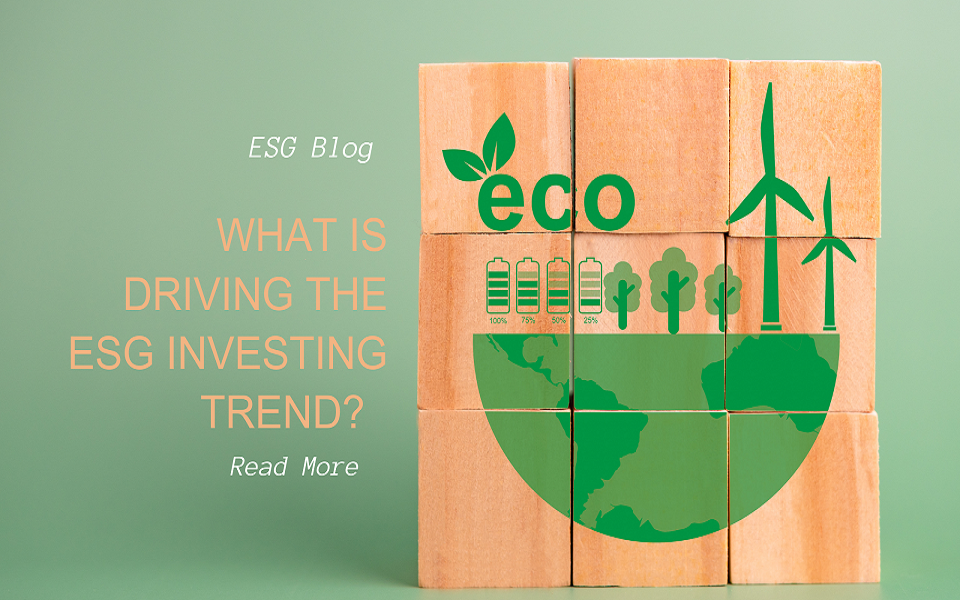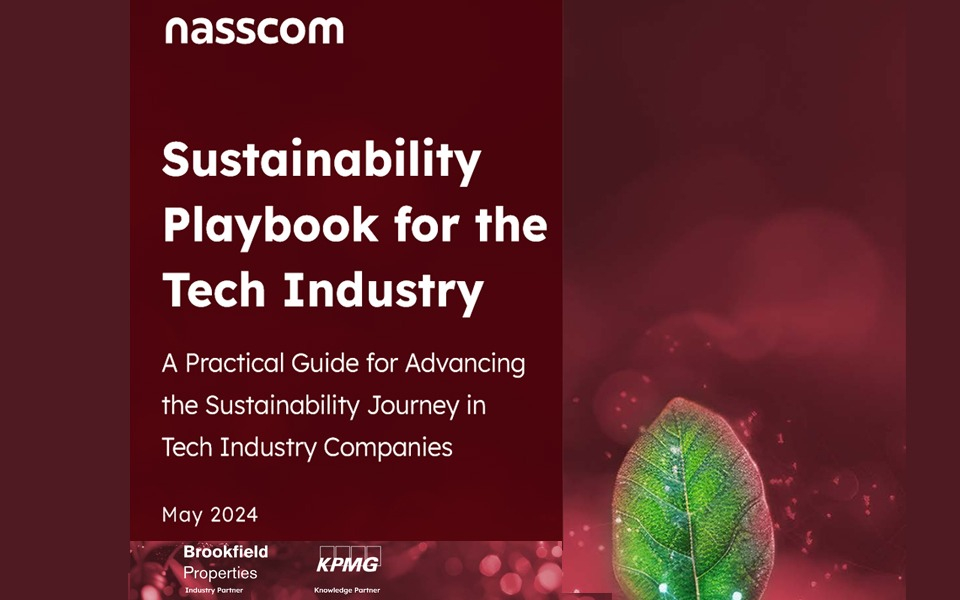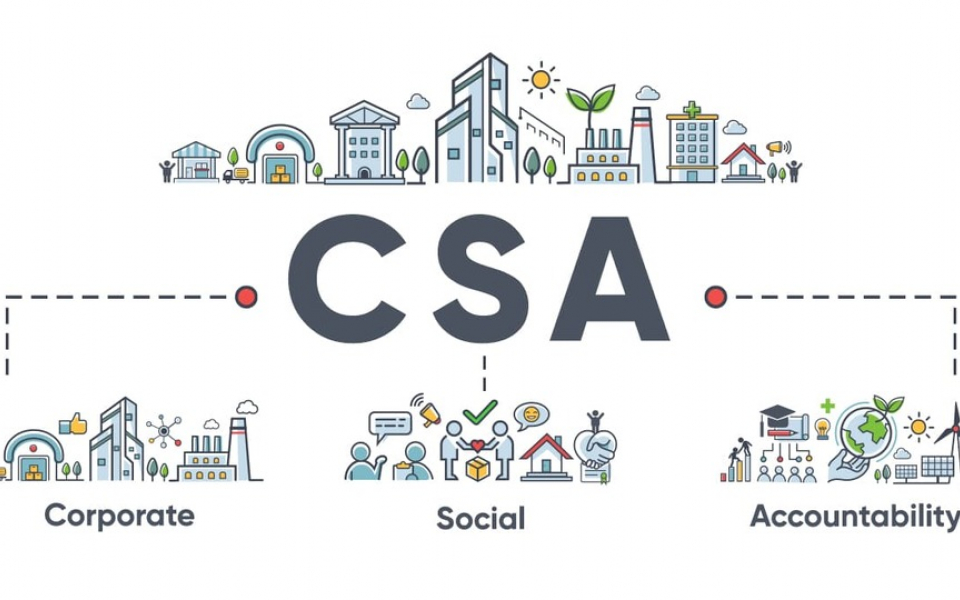Due to the market and policy focus on sustainable development goals (SGDs), there is a renewed interest in ESG compliance criteria. Stakeholders want brands to address crucial problems ranging from discrimination to corruption. Moreover, pollution control and green tech adoption have gained momentum. This post will explain what is driving the ESG investing trend.
What is ESG?
ESG, an investment feasibility and sustainability accounting criteria, can audit an enterprise’s performance based on how it commits its resources to realize SDGs. This criteria’s environmental, social, and governance pillars encompass metrics like employee welfare, responsible waste management, and data security.
Regulators and investors leverage ESG data and solutions to understand whether an organization’s operations adversely impact legal and socio-ecological harmony. A score concerning the related criteria summarizes how well a company adheres to the sustainability accounting guidelines. It is an ESG score or rating.
Financial institutions often compare ESG ratings of multiple companies in a target industry. If it is above 70, the associated stocks become an attractive investment vehicle to investors. However, a business engaged in weapon manufacturing, alcohol, or adult entertainment is more likely to alienate socially conscious investors.
What is Driving the ESG Investing Trend?
1| Consumer and Investor Expectations
Customers refused to buy products and services offered by brands known for employing child labor. They also dislike the single-use plastic coverings used in product packaging. Companies must respond to these expectations since consumers want more eco-friendly, inclusive, and transparent brands.
Investors understand that organizations that listen to their clients succeed more often than brands neglecting consumers’ preferences. So, the interests of investors and customers lie in supporting enterprises that dedicate a few of their resources to more sustainable initiatives.
For example, ESG service providers report consumers and investors have prioritized pushing for energy transition projects. On the customer end, sales of electric vehicles and solar panel installation perform well. Meanwhile, investors seek wealth expansion strategies that deliberately avoid potentially problematic industries.
2| Regulatory Oversight
The United Nations (UN) has outlined the sustainability development goals. It encourages member countries to adopt and implement the same as soon as possible. After all, the third pillar of ESG is governance, involving digital security, consumer privacy, and financial accounting.
For governments, the ESG investing trend offers an opportunity to consolidate thousands of regional and global regulations. Whether pollution control or workplace hazards prevention, ESG helps regulators address various risks in a unified manner.
Besides, investors and businesses have no intention of making an enemy out of consumer forums, securities commissions, or fair-trade watchdogs. And increasing their compliance ratings strengthens their resilience against non-compliance penalties.
3| Climate Crisis and the Cost of Pollution
Glaciers melt and cause a rise in mean sea level (MSL). Forest fires have increased while the urban population struggles to breathe. Likewise, industrial activities require distilled water. They want to reduce equipment maintenance costs related to the chemical reactions between metals and air-borne pollutant particulates.
There are many more cases of how climate crisis endangers human civilization. Not to mention how biodiversity is in danger since temperature ranges in several regions have become unfavorable to ecological stability.
Investors, business owners, governments, responsible consumers, and policy researchers recognize that industrial activities will continue contributing to the climate crisis. Therefore, they promote a united effort toward accomplishing SDGs according to their capabilities.
ESG investing trend has enabled them to devise strategies and reduce the socio-economic costs of pollution, global warming, and climate change.
4| Need for Affirmative Action
Uplifting the communities that had experienced limited development opportunities due to multi-generational marginalization matters to social justice, peace, and human rights. Today, the social pillar of ESG reporting quantifies how effectively a brand empowers marginalized individuals.
Affirmative action is an “active policy intervention” that encourages custom protocol creation for inclusivity and societal equality. For example, a professional experiencing physical illness affecting legs can still perform desk jobs, handle computers, offer design suggestions, and lead meetings. There is no need to consider this professional less human due to a medical condition.
Besides the health-related presumptions, affirmative action wants to increase women’s and LGBTIQA+ individuals’ participation in economic functions. This approach can allocate exemptions in work location or modify job eligibility threshold.
So, the professionals hired using these policy interventions will:
-
Increase multicultural respect and address stereotypical attitudes,
-
Inspire younger members of a marginalized community to seek higher education and better professions,
-
End marginalization and follow enhanced living standards.
5| Valid Revenue and Debt Disclosures
It is a factor driving the ESG investing trend in all nations. Remember, corruption leads to accounting inconsistencies. Later, employee salaries, job security, investor dividends, tax collection authorities, and honest businesses suffer the consequences of unlawful practices used by a few organizations.
Thankfully, ESG’s governance metrics include the following concerning business finance and investor relations (IR).
-
Transparency in performance disclosures,
-
Accurate calculation and filing of tax obligations,
-
Ease of tracing corporate transactions,
-
Multi-approval policies and a healthy debt-to-earnings ratio,
-
Accountability management across all business functions.
If an organization claims it is ESG-compliant, it must prove how it operates according to the sustainable development guidelines with real-world data. Failing to do so can imply the company wants to hide crucial intelligence from investors and regulators.
The mismatch between documented and on-site activities amounts to greenwashing. So, the concerned business can expect financial penalties or foreign trade restrictions.
6| Macroeconomic Events
A macroeconomic factor or event is almost unpredictable and often outside anyone’s control. Neither the apex regulators nor the global firms are immune to an adverse macroeconomic event. Energy crisis, expensive debt, student loan issues, real estate bubbles, currency exchange rate risks, and global supply chain inefficiencies threaten financial security for all:
-
Corporations,
-
Consumers,
-
Capital markets,
-
Central banks.
ESG investing trend attracts companies, investors, financial services, and regulators because this multi-variate performance tracking method warns about potential macroeconomic vulnerabilities beforehand. The higher the ESG compliance, the lower the operational risks that might cause bankruptcies, market panic, or social unrest.
7| Technological Advancements
The scope of ESG compliance and competitor research demands extensive datasets. Computers and web connectivity earlier had several hardware, software, and networking bottlenecks. While processors became more powerful, memory modules or developed applications would have compatibility issues.
Organizations have resolved these challenges by outsourcing all data storage, streaming, and analytics to cloud vendors. Besides cloud computing facilities, they enjoy the benefits of consistent research and development in neural networking, large language modules (LLMs), and machine intelligence.
Therefore, conducting multi-variate performance audits to screen the stocks is more manageable. The ease of sourcing, validating, and processing complex databases is also responsible for the ESG investing trend. Additionally, this situation has unlocked new opportunities for the service sector and e-governance.
Conclusion
Sustainability-first investments had begun due to ethical, social, and legal crises that plague economic efficiency. At the companies, you would witness employee unions’ strikes to make managers recognize their fundamental rights and workplace hazards.
Meanwhile, social unrest, pollution, child labor, women exclusion, discrimination, money laundering, unconsented sales of private data, and corruption have made all stakeholders worry. The recent rise in ESG investing strategies seeks to mitigate the socio-economic distress resulting from corporate and governance mismanagement.
The factors driving this ESG investing trend include authorities’ requirements, macroeconomic risks, transparency in investor relations, and the shift in consumer beliefs. Therefore, the associated positive impact on the world will likely unite many individuals from multiple income groups to serve the planet Earth and its future inhabitants.
































